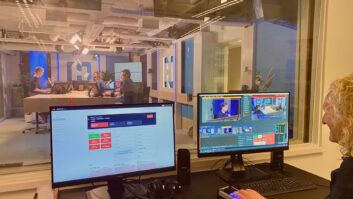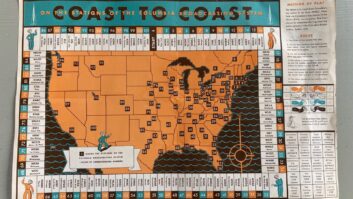Funding is in place for the next phase of a project to demonstrate the viability of an HD Radio Electronic Program Guide. The work has the backing of the NAB and builds on an EPG delivery spec from iBiquity.
The next notable goal is an on-air field trial later this year, backers said.
As RW has reported, the consortium working on the project includes BIA Advisory Services and Broadcast Signal Lab, working with Unique Interactive and funded by the National Association of Broadcasters Flexible Advanced Services for Television and Radio On All Devices (NAB FASTROAD) technology advocacy program.
The first round focused on the industry’s “needs and preferences” and provided a proposal for an HD Radio EPG service architecture.
“The project has already generated a number of important conclusions,” the companies said this week, summarizing the earlier findings. “For example, implementing an EPG was found to be inherently more difficult for radio than for television broadcasting due to a number of factors, including the mobile nature of radio listening and the wide variation in radio receiver displays. Taking these challenges into account, the consortium has proposed a design for the U.S. HD Radio EPG system that incorporates several potential design architectures accommodating a range of delivery styles.”
In the second phase, the group will continue to collect feedback and work toward trial operation of an EPG service in the lab and on the air.
“The proposed system builds upon an EPG-delivery specification developed by iBiquity Digital Corp. for its HD Radio technology, and expands its scope to interface with broadcast data authoring methods currently employed at radio stations. The proposal also considers EPG delivery to a wide variety of receiver types and displays (including fixed and mobile IP-connected devices), and accommodates the possibility of third-party “service bureaus” providing EPG data for stations or groups.”
The project will conclude with several months of on-air field trials in the Boston and Providence, R.I. markets, which the researchers chose because of the number of HD Radio stations on-air, including coverage areas that overlap into the adjacent market. This is an extra challenge for an EPG on mobile receivers.
You can write to the group with comments of your own by e-mailing [email protected].










